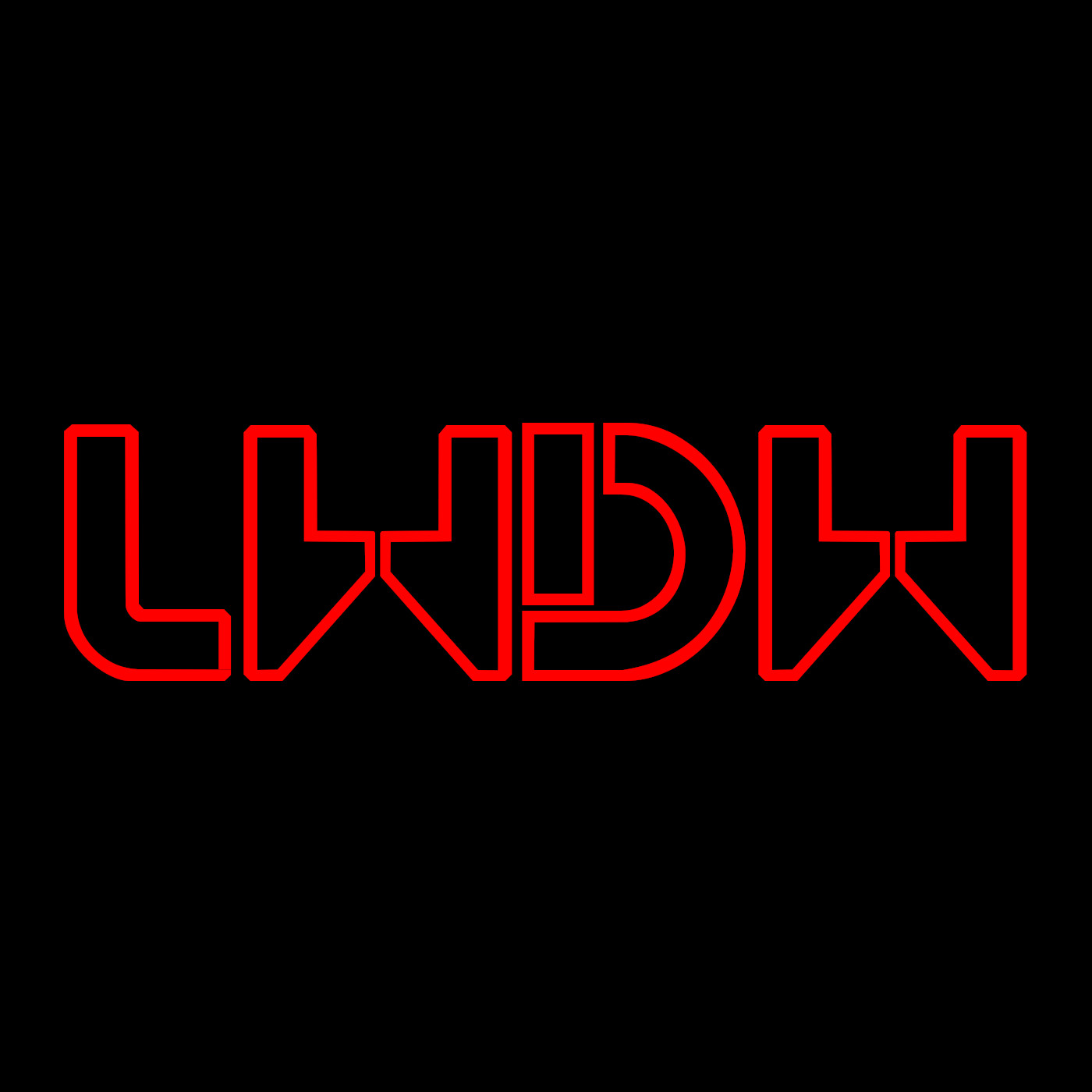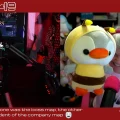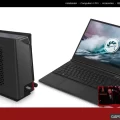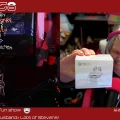Linux turns 28! Enlightenment adds support for Bluez5, Microsoft wants to fatten up the kernel, and tracking USB bandwidth usage for fun and profit.
Timestamps:
03:02 28 years of Linux
07:33 28 Linux facts
14:18 Adélie Linux 1.0-BETA4
17:48 XFCE 4.14 updates
21:08 Enlightenment 23
24:14 Linux on Chromebooks
28:08 Adaptive screen brightness for Linux
31:35 Tracking USB bandwidth usage
34:10 Installing DaVinci on Debian
36:40 exfat in the Linux kernel
42:54 2 months of Pi 4.
47:14 Emails
Subscribe:
Listen:
Download:
Subscribe Spotify | Pandora | TuneIn | RSS | More
Colour key – Venn Jill Pedro
- On Sunday August 25th, Linux turned 28 years old!
- I read this every year at least once, on Linux’s birthday.
- It’s been interesting watching a hobby OS grow into something that can do this show.
- Things were rocky at first but by the mid-2000’s we had a perfectly functional desktop OS.
- And now we have an OS which runs applications for other OSes with a significant performance improvement over those native systems.
- We also have a Kernel which runs most of the world’s phones, most of the world’s servers… basically, most of the world!
- Tuz.
- I always wanted a stuffed Tuz, and had seen one at SCaLE 7x.
- Without Linux the social development platform Git would have not existed.
- I used Loadlin to boot Linux from DOS frequently, and still have it installed on several of my machines.
- Then came LILO, the Linux Loader, which is still my favorite boot loader of all time. Still prefer it over GRUB, but of course, GRUB is king.
- And there’s now close to 12’000 games on Steam which work on Linux.
- The Dell Precision Xeon Processor has a score of 5808 Bogomips.
- Posix compliant distribution Adelie, is up to Beta 4.
- Basically the goal of this distribution is to support as much hardware with the available packages as possible.
- Yes, that includes 32 and 64 bit PPC and 32bit x86.
- This beta brings Thunderchicken and Foxfire 68 to all the aforementioned architectures.
- This is exactly the kind of project that needs to exist with all other distros dropping support for the older architectures.
- Also, they claim they can run Plasma 5 on less than 384MB of RAM, all I ask is: Is that just Plasma or the whole session?
- Because if it’s just Plasma, I can do that too.
- Planning on getting things back on track for 2020.
- Sticking to that 6 month release cycle.
- Don’t expect Wayland or GTK4.
- Feeling cute, might switch to gitlab later.
- Had to make some site changes.
- Congratulations to Simon Steinbeiss and his team for a great stable release of XFCE 4.14!
- Having used it in the Dell Precision with Fedora, I can say that for that use case it’s pretty much baked.
- Even the compositor works properly!
- One of my favorite window managers has a new release, Enlightenment is now 23!
- The Enlightenment Foundation Libraries based Rage Video and Media Player gets upgraded in the E23 release.
- Lots of improvements to Wayland, since being used as the compositor for almost two years.
- As I have talked about before on LWDW, some of the reasons I love this desktop so much is because how memory efficient and fast and nimble it is for being so beautiful!
- It lives, in terms of size and memory efficiency, between the classic X window managers, like Fluxbox and Wmaker and a full desktop environment like XFCE and GNOME.
- I used E19 on my laptop for a bit, right around the time CS:GO came out on Linux.
Linux on school / business Chromebooks
- Since the inset of Project Crostini I was excited by the fact that this meant that thousands of school children would be introduced to Linux apps, GIMP, Tux Paint, the console etc.
- That basically enables all the -ng tools to be used in business environments or any managed ChromeOS deployment.
- In the meantime, the NHS is still paying Microsoft for Windows XP support.
Adaptive screen brightness for Linux
- If this is anything like adaptive brightness on Android it will make things slow and never work right.
- Gammy periodically takes a screenshot, and then adjusts the brightness accordingly.
- The screenshot process is supposed to be hardware accelerated.
- GNOME’s Night Light works very well and have enjoyed playing with Redshift and f.lux in the past.
- Android’s adaptive brightness is based on the light coming in through the light sensor/camera.
- This is based on what’s on screen.
- If there’s a lot of white on the screen, like these show notes, it’ll bring the brightness down.
- Google docs dark-mode, WHEN!
- If the image on screen is very dark, it’ll increase the brightness.
- Personally, I hate both this and the Redshift stuff.
- I don’t mind the way Android does it, when it works.
- Top top, htop, nettop, tiptop, usbtop.
- A top-like CLI utility that helps us to find USB device bandwidth usage.
- This could have been helpful when I had a gang of USB encoders plugged in.
- It was a carpshoot as to which ports could deliver the bandwidth.
- You can also monitor bandwidth traffic for any USB device, including webcams, printers, mics and DACs.
- It works and it’s quite stable.
- Even figured out what was causing Fusion to spite-crash.
- Also some tips for importing your media.
Slice of Pi
- It’s only been 2 months since the announcement
Feedback
- 12 minute renders.












